TEXT AND PHOTOGRAPHS BY JYOTI CHHABRIA AMBA
Mumbai, Maharashtra and Bangalore, Karnataka
The chunni is a Sindhi ornament and a symbol of matrimony; a married woman would have adorned it quite like a mangalsutra. Bikhre lal pathar aur moti, it is essentially a nathni or nose ring, which had a few red stones central to its design, strung in a ring made of gold, around which pearls were delicately placed. Traditionally, a chunni is named so after the chunni or dupatta of a newly married woman, which is typically red, as are the stones that make up this Sindhi nath.
This Chunni found its way to Bombay on the nose of its fiery, feisty owner, Lakshmibai Chhabria. She continued to wear it even after she lost her husband, her eldest son and her land of birth, all with one single Partition line, lakeer, as they call it in our family. The year was 1947. She was 60 years old, and she made her way with her sons, from Sindh, Shikarpur to the big city of Bombay. Her youngest son, who is in possession of what remains of this chunni, was a boy of 10 years, and this essay is an attempt to capture the memories that remain embedded in the deep crevices of his mind, Bansilal Chhabria – my father. Now 87 years of age, he has lost his hearing but retains the memories of his childhood. He vividly narrates anecdotes and snippets from here and there in an attempt to connect back to his homeland; sometimes tearing up, other times laughing, but most often, remembering the past with absolute nuance and precision.
Born and raised in Shikarpur (Dist. Sakkar), Sindh in undivided India, to a family whose wealth was built through a flourishing business of textiles, my grandmother, Lakshmibai Hinduja was the elder of two sisters. She was married to Jamnalal Chhabria at the young age of barely 15 years, and carried in the arms of her father-in-law to her new home, wearing the chunni on her delicate nose. Over the years, she was given names, following the birth of each of her children – first Lakhma (Lakshmi in Sindhi), then Laddema, Kishenma, Tulsima, Chunima, and Bansima. As she grew into these various roles, a devoted mother and wife, she became highly respected within the community where people would often seek her advice. Their haveli comprised of four to five families, homes within a huge compound, shops, going into several floors, as well as a terrace. Lakhma was the proud owner of a home in this haveli, and the five surviving children out of the eleven she gave birth to.
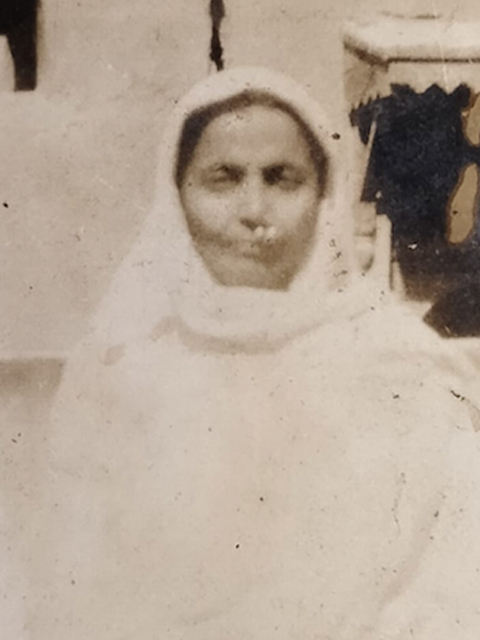
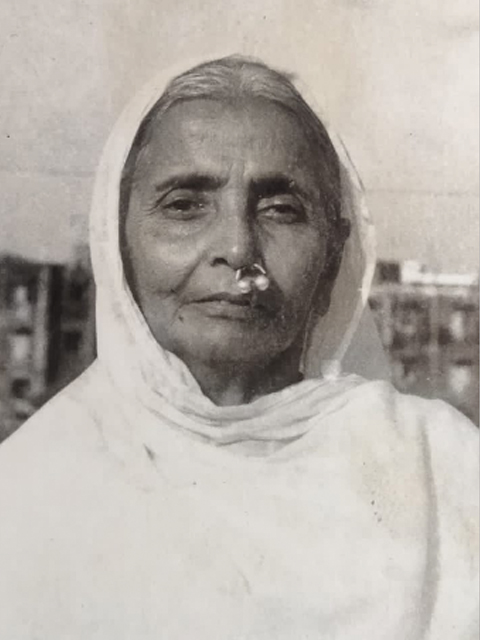
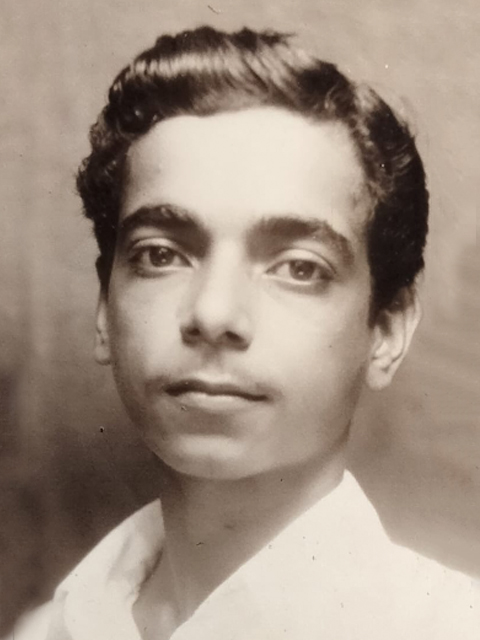
Theirs was a simple life filled with happiness and laughter. Special memories around kite flying and summer picnics to a tributary of the river Indus. A fertile land, gifted with the bounty of dates and other fruits gave the people of Sindh a natural, elemental sweetness. But bitterness is what seeped in through newspapers and the radio when the talk of the Partition arrived from different directions. By 1947, when Lakhma was 60, she had already lost her husband to a sudden illness, her daughter was married years ago, and three of her older sons were working in Karachi and Quetta. She lived alone with her youngest son who was 10 years old.
Homes emptied out around her in 1947, all with the promise that they would one day, return. Lakhma held on to the keys of various homes, unable to leave until a single piece of news came in, breaking her spirit. Her eldest had been slaughtered in the riots of Quetta, and that too, on the day of Eid that year. He left behind a young wife, two sons and two daughters, all between the ages of seven to ten.
Lakhma packed in a hurry, a couple of trunks filled with clothes, a few utensils, jewelry tied to her waist in a pouch, and her chunni on her nose. There are stories of her beauty that were often spoken of at family gatherings – a woman with translucent skin, delicate and tiny, grey ashen eyes that sparkled with determination, and a nose that turned red when she got angry, perhaps to match the red of the chunni that she held on to for many years. She boarded a train from Shikarpur to Karachi with one of her older unmarried sons, Chunilal and the youngest, Bansi, but had to entrust her widowed daughter-in-law in the loving care of her parents’ family. At that moment, the priority was for both women had to find their way across, keeping their young children and themselves safe. How difficult it must have been to separate, for a mother-in-law to let go of her daughter-in-law, but here was no choice.
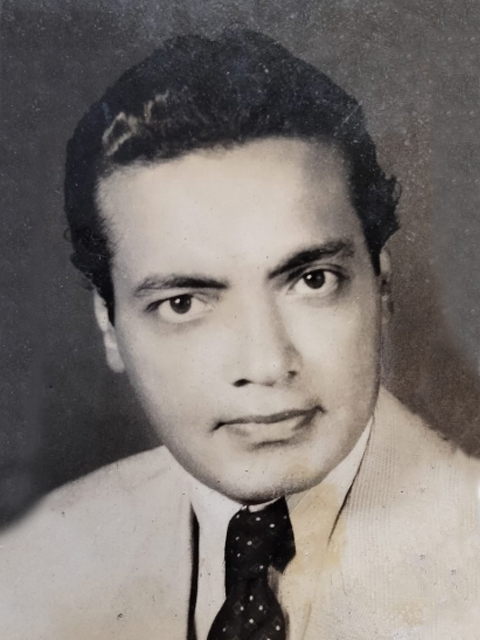
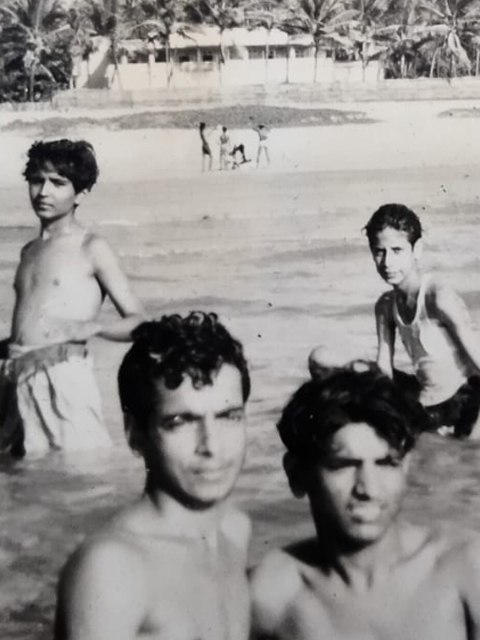
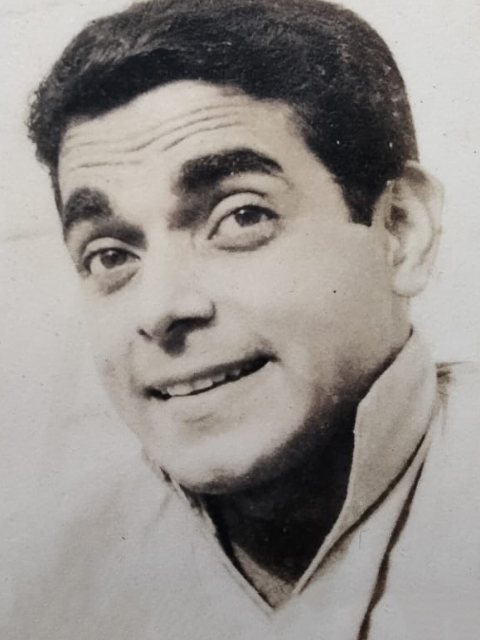
The train was so full of people that there was no space for her few things. And so, she chose to board it with her youngest, leaving her older son with the belongings on Rohri station, where he’d been forced to get off. She promised that they’d wait for him in Karachi, which is what they did until he arrived, and then together, they all moved forward on a ship to Bombay. All the youngest son remembers of this journey were strong winds and seagulls, an adventure through his eyes, contrary to the fear and uncertainty in the eyes of his elders.
Geeta Paathshaala in Kalbadevi, Bombay, was the first stop. They moved out in a fortnight. Then came the refugee camp in Chembur – even now known as the Camp area – was a sea of military barracks, where each had a 10 x 10 sq. feet space, their new home. But hope still lingered that maybe one day, they would go back to their own piece of earth, their Shikarpur.
Latrines, bathrooms, taps all outside, hardly any arrangements for food, a settlement in the middle of a jungle, and yet slowly, they adapted to the new life – schools were found for little ones, local trains, trams and buses. The new way of Bombay life was filled with its own share of challenges and struggles thrown toward this disoriented, homeless community from another India. They held and supported each other through this difficult time, finding ways of entertaining and making themselves somewhat happy. The gatherings in the evening were called Bhagat – the singers, Sufiyan tale tellers, shared and sang their hurt and pain away. Dark quiet nights turned into quiet conversations. Slowly life moved forward, one day at a time.
20 years later, when life moved them to a chawl building in Chembur, the latrine still outside of home but a progression nevertheless, Lakhma decided to sell her Chunni. It was broken by now, no longer worn, and just something that had been locked away for a rainy day. And the rainy day did come. There was word going around that Sindhi Chunnis were much in demand and she would get a princely sum of Rs.5000 if she sold it, so she did. This was in the 1960’s. Money was always tight. They took what they took of the Chunni, the gold and the precious parts, and what was left were the remnants of an ornament that shone brightly on the nose of its fierce owner once upon a glorious time – four red stones and a pearl.
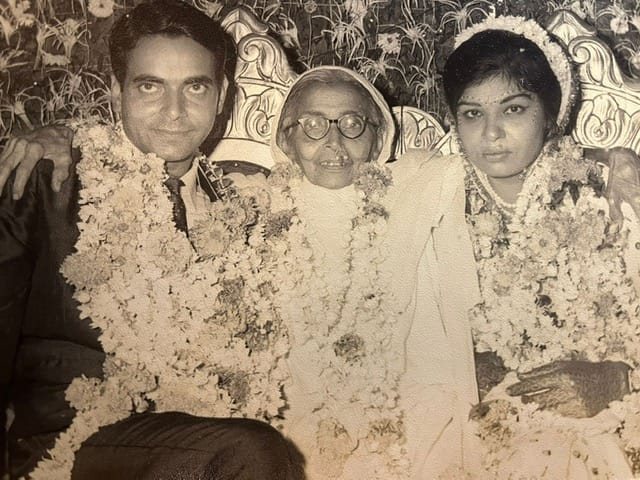
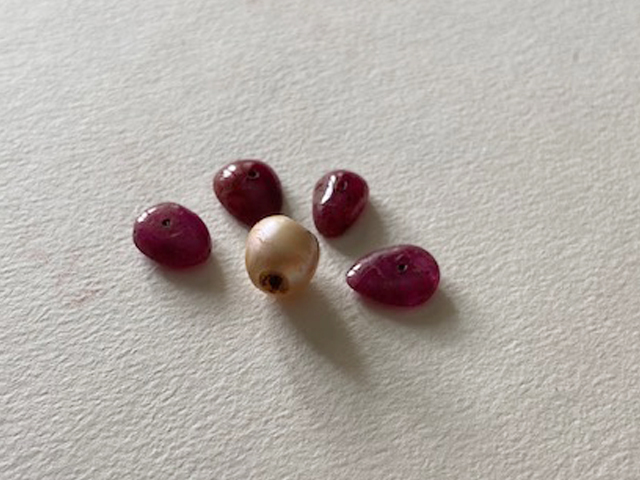
Lakhma eventually went on to suffer from Alzheimer’s disease, all memories faded and lost, a confused yet spirited woman when she passed in her late 90’s. She witnessed the marriages of all her children, now settled and successful, as is the case with most from this displaced, highly adaptable community now dispersed in all parts of the world with no physical link to the land of Sindh they were forced to leave behind. When she died, surrounded by all her children and grandchildren, stories were once again being narrated of her translucent skin, her deep gorgeous green eyes, her gutsy nature and that temper which made her nose red – much like the ruby red chunni, whose remnants made their way to the home of Bansi, her youngest child and the apple of her eye. This is her story from his eyes which are exactly the same colours as hers. This is his narration of how much he remembers his mother – her caring nature, her flare ups, her white silk ghagra and dupatta, the finger-licking Sindhi food she so lovingly cooked, and their journey from Pakistan to India; to Bombay that became their forever home, while Shikarpur remained a distant far away feeling, a longing.

Yes being Sindhi had heard stories from my father and mother the tough times they faced during Partition and than in Mumbai than it was Bombay. But proud to be Sindhi , we are proud survivors not only partition but also our regular life that we are leading as citizens
Thank you Neelam
Well written Jyoti
We all have gone through the after effects of Partition.
Guess that’s why our childhood made us resilient and strong people
But what our grandparents must have gone through … We cannot even imagine .
Givers all the way.
Yes you are right ! Thank you Anisha !
Jyoti , absolutely beautiful ❣️the words and the stories took me into another era and in my minds eye it was a film played out. You have done justice in bringing out the emotions, history, family ties and so much more…. Look forward to this project continuing on❣️
Thank you Sharon ! What a beautiful comment. Let’s see where life takes me post this.
Very poignant and well written. Thanks for sharing!
such a beautiful tribute to your daadi and your dad, and in a sense to the spirit of the community… So poignantly expressed and so visually evocative! God bless you and yours Jo!
Being a grandson of dear Lakham Amma,I vividly remember the trauma which the whole family had to undergo n which were related to me by my father Chunilal who had to bear the entire burden of taking care of the parivaar till the eldest cousin Gordhan started his career n I remember visiting Amma regularly n helping my father in taking care of her in the last year’s of her life till she expired in 1983.May God bless the innumerable Lakhamma who bore the brunt of partition which have left a deep scar in in the entire community till date n only time can heal the deep wounds inflicted on those who had to swallow the bitter pill of partition
So many partition stories. And it’s the stories of the women that bring the land alive. Beautifully told here. Almost wish there was a larger story , a book. 3 parts like Buniyaad.
Enjoyed the read thoroughly so much of it triggering imagination.
So much yearning left of homes and soil one will never return to.
Well done Jo. ♥️❤️
Wow, I am so moved by the story and simultaneously impressed with your writing. Amazing, Uncle is a very special human being and I have great love respect and admiration for him, his simplicity makes him a hero and an idol to me. Much love to all of you.
Our grand grand parents suffered a lot during partition time. Lakshmibai Chhabria was a strong lady who had a very tough time. One of her son was killed at that time and her daughter in law, with two siblings, she came to India and two more sons Chunilal Chhabria and Bansilal Chhabria. A big salute to the Strong lady, our dear Amma.
Evocative vignette of a feisty woman that makes tangible a dark period of our history through its granular detail. Moving.
So realistically portrayed – hard life for those post partition .
My dad too moved at 14 yrs of age from Pakistan .
Thsi has inspired me to wrote about his story too .
Well done Jyoti !
An unimaginable tragedy and the bravery of a feisty lady…memories that must be preserved. A commendable effort.
What an ode to Bansilal Chhabria! So beautifully captured and reminiscent of a time I got a glimpse of through stories narrated by my refugee parents. Really happy that these stories are being chronicled to make sure they don’t die with the people who witnessed them.